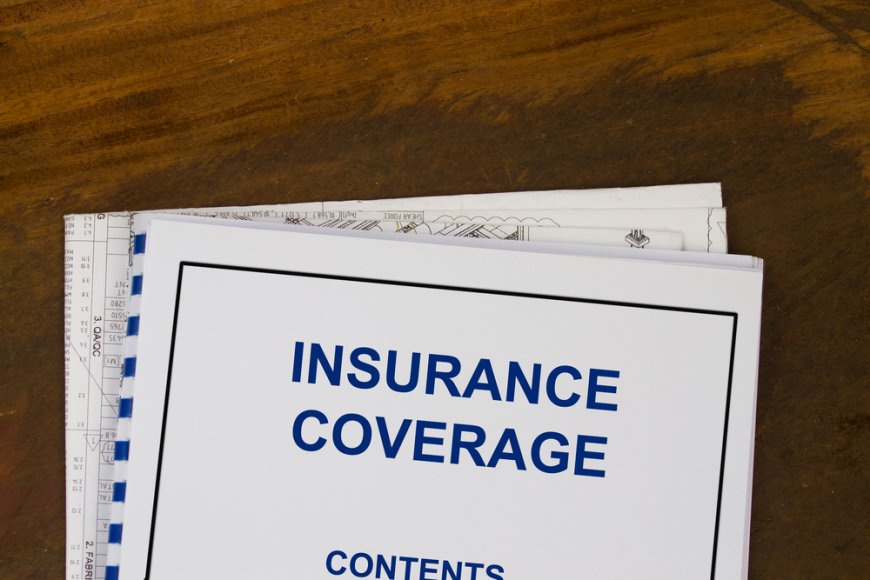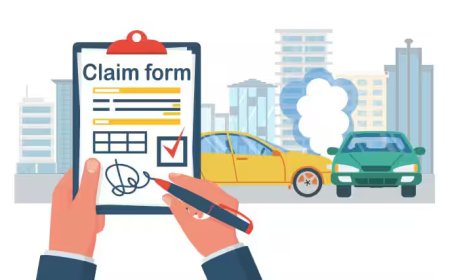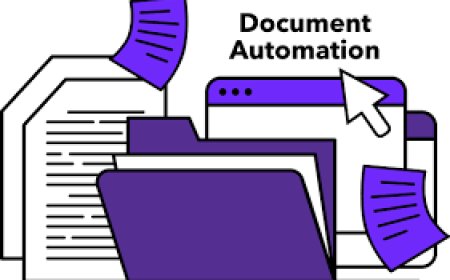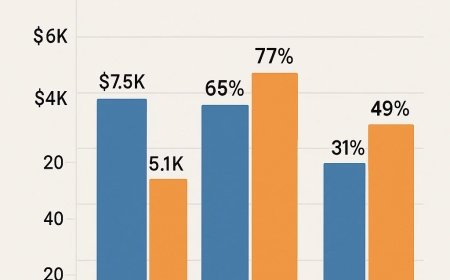Inside the Process: How Insurance Coverage Investigations Work

Insurance is a critical component of financial security, offering protection against lifes uncertainties. But when the time comes to file a claim, policyholders may find themselves under investigation by their insurer before receiving any compensation.
This investigative process is a standard part of the claims procedure, designed to confirm that a claim is legitimate, complies with policy terms, and isnt fraudulent. Understanding how insurance coverage investigations work can help claimants navigate the system with greater clarity and less stress.
What Is an Insurance Coverage Investigation?
An insurance coverage investigation is the process insurers use to determine whether a claim is valid and whether the policyholder is entitled to coverage. It typically begins once a claim is filed and can involve gathering documents, conducting interviews, and consulting expert opinions. These investigations are not only about fraud detection, they also ensure that policyholders get what theyre entitled to under the terms of their policy.
Coverage investigations occur across all types of insurance, including health, auto, homeowners, life, and disability insurance. Each type has its nuances, but the core principles remain the same: verification, validation, and fairness.
Step-by-Step Breakdown of the Investigation Process
1. Claim Submission
The process starts when the insured party files a claim with their insurance company. This typically includes:
A detailed description of the incident or event.
Supporting documentation such as police reports, photos, medical records, or repair estimates.
Policyholder identification and policy number.
Insurers use this initial information to assign the claim to an adjuster or investigator.
2. Initial Review
The assigned adjuster conducts a preliminary review of the claim. Their role is to:
Confirm the policyholders identity.
Verify that the policy was active at the time of the incident.
Determine whether the type of loss is covered under the policy.
This review may lead to a quick approval for straightforward claims, such as a minor auto accident with plenty of supporting documentation. But for more complex or high-value claims, the insurer will initiate a deeper investigation.
3. Assigning an Investigator
If the claim raises questionseither due to its complexity, value, or inconsistenciesits escalated to a special investigations unit (SIU) or coverage investigator. These professionals are trained to:
Evaluate the legitimacy of the claim.
Look for red flags that may indicate fraud.
Ensure that all elements of the policy are being followed.
This doesnt mean the claim is suspected of fraudit simply means it needs a closer look.
4. Evidence Gathering
This phase is the most comprehensive. Investigators collect various forms of evidence, including:
Documentation: Medical records, repair bills, receipts, legal filings, or photographs of damage.
Interviews: Policyholders, witnesses, or third parties may be interviewed to clarify details of the incident.
Site Visits: In cases of property or auto claims, investigators may visit the site of the damage to inspect conditions.
Background Checks: For high-value or suspicious claims, insurers may review a claimants past claim history or financial background.
The goal is to gather as much objective information as possible to assess the validity of the claim.
5. Consulting Experts
Some cases require expert opinions. For example:
Medical experts can review health claims or disability assertions to determine whether injuries or conditions are consistent with the reported incident.
Auto accident reconstructionists may be used for complex collisions.
Contractors or engineers may assess the legitimacy and cost of property damage claims.
Expert testimony adds credibility and technical accuracy to the investigations findings.
6. Review of Policy Terms
Investigators and claims adjusters then compare the findings to the specific terms and conditions of the insurance policy. They determine:
Was the cause of loss covered?
Were all policy requirements met (e.g., timely reporting, documentation)?
Did the insured comply with any duties under the policy, such as cooperation during the investigation?
This step is critical to determine if the insurance company has a contractual obligation to pay.
Final Decision
Once the investigation concludes, the insurer makes a decision. There are typically three outcomes:
Claim Approved: The insurer agrees to pay out the claim as filed, or in a negotiated amount based on findings.
Claim Denied: If the investigation finds that the claim is not covered or involves material misrepresentations, it may be denied.
Partial Approval: The insurer may approve some portions of the claim but deny others, such as reimbursing certain costs but excluding others due to policy limits.
In all cases, the insurer provides the policyholder with a written explanation of their decision.
Common Reasons for Insurance Investigations
While every claim is unique, investigations are more likely when:
The claim amount is high or unusual.
There are inconsistencies in documentation or reporting.
The policyholder has a history of frequent claims.
There is missing or incomplete information.
Third parties (e.g., medical providers or repair shops) raise concerns.
In these situations, investigations serve to protect both the insurance company from fraud and legitimate policyholders from increased premiums due to fraudulent activity in the system.
The Role of Technology in Modern Investigations
Advancements in technology have changed the landscape of insurance investigations:
AI algorithms flag potentially suspicious claims based on data patterns.
Drone and satellite imagery help assess property damage more efficiently.
Social media monitoring can offer clues about the claimants activities (e.g., a supposedly injured person posting vacation photos).
Digital forensics helps analyze documents or online records to verify claims.
While these tools increase efficiency, they also raise privacy concernsmaking transparency and compliance with data protection laws essential.
What Policyholders Should Know
Being under investigation can feel intimidating, but policyholders have rights. Here are a few tips for navigating the process:
Cooperate fully: Provide requested documents and be honest in interviews.
Know your policy: Understand what is and isnt covered.
Keep records: Maintain copies of all communications and evidence submitted.
Ask questions: Dont be afraid to ask your insurer to clarify parts of the process.
Consult a professional: For large or denied claims, speaking with a public adjuster or attorney may be helpful.
Conclusion
Insurance coverage investigations are a vital part of the claims process, ensuring that policies are applied fairly and accurately. Though they may seem daunting, these investigations serve an important role in protecting both insurers and policyholders from error, abuse, or fraud.
By understanding how the process works, claimants can prepare more effectively, avoid unnecessary delays, and improve their chances of a favorable outcome. Knowledge, honesty, and preparation are the best tools for navigating an insurance investigation with confidence.








&srotate=0)
























